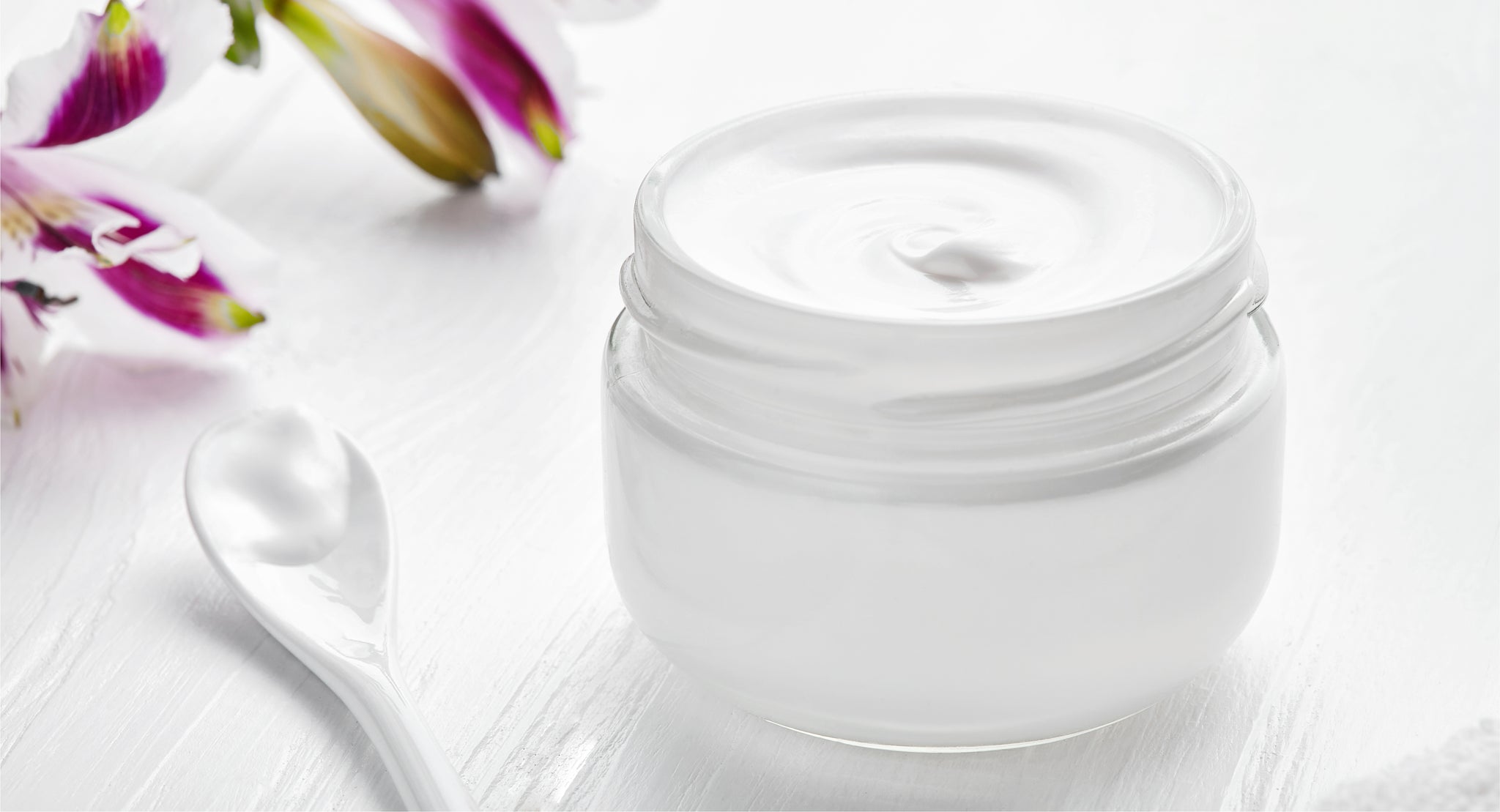Your Cart is Empty
FREE SHIPPING on US orders over $45. Save 25% With Code TAKE25 at checkout.
FREE SHIPPING on US orders over $45. Save 25% With Code TAKE25 at checkout.

When you think of skincare, you probably think of your face -- maybe your neck and décolletage, but are you neglecting the rest of your skin?
The skin is the body's largest organ -- the average human has 22 square feet of skin covering the body. Unlike the heart, lungs, and stomach, which are internal organs, the skin is anexternal organ, and it has a BIG job.
What does the skin do? Here are a few of the skin's duties:
With such a big job to do, your skin deserves some love. If you read our blog regularly, you probably have your facial skincare routine down to a science, but here are three common body skincare concerns you might be neglecting (and how to help them!).
As you age, you may notice some wrinkles settling in on your neck. The skin loses water and collagen as you age, causing "crepey" neck skin which is difficult to conceal (unless you wear a turtleneck every day). But there are simple measures you can take to help the skin on your neck look more taut and youthful.
Some studies have found that loose skin on the neck is predominantly caused by sun exposure, so be sure to stay in the shade whenever possible and apply SPF liberally all over the face and neck every day.
Look for a nutrient-dense neck cream, and apply it twice a day in an upward motion. Imagine that you are lifting the neck up! Choose a neck cream or treatment with powerful antioxidants and fatty acids to help restore elasticity and firmness.
Believe it or not, your hands can give away your age. Over time, the skin on your hands can lose volume and develop wrinkles and age spots. Here are a few tips to restore your hands to their healthiest state:
Don't skip your hands when applying SPF.
Choose a gentle water soluble hand wash.
Apply hand moisturizer often. Hydration is essential for youthful looking skin. You'll likely need to reapply after each time your wash your hands throughout the day.
When applying face serums, oil, and creams, massage any excess product onto the tops of your hands until the product is absorbed. What's good for the face, is good for the hands!
Apply cuticle oil onto your cuticles. If you don't have cuticle oil, you can use coconut oil.
The soles of your feet have it rough -- literally. We often don't pay them any attention unless we're getting a pedicure or foot massage. Dry, rough skin is very common on the bottoms of your feet, but it is totally treatable.
The layer of dead skin, which is called stratum corneum, is much thicker on the soles of the feet than it is on the rest of the body and face. For baby soft feet, you really need to exfoliate. A foot scrub will work wonders. You can make an easy DIY foot scrub using sugar or salt and olive or coconut oil. You can also use a pumice stone to exfoliate. Soak your feet in warm water first for the best results.
After you've exfoliated, you'll want to replenish moisture. Look for a thick cream or non-greasy body butter. You can apply the moisturizer just before bed. Then, cover your feet with a pair of soft, cotton socks to lock in the moisture. Wake up to smooth feet in the morning!